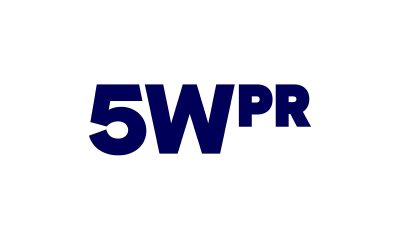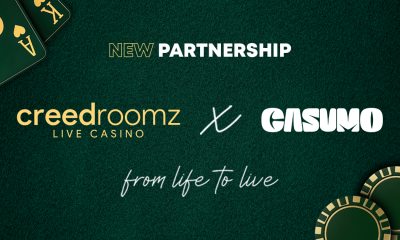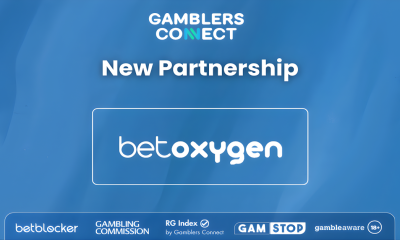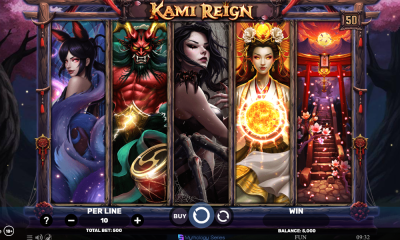Industry News
The untapped potential of SEO in iGaming

With Filip Podborschi, SEO Strategist at The Unit
From our experience in SEO in igaming, there are a number of areas where we see room for improvement and common mistakes which can be rectified. Let’s take a look at these facets of SEO one by one, with our best tips for how to make sure you can maximise your search ranking and drive more volume to your website.
Keyword strategy
The first thing operators should do in this area is identify the best performing keywords that result in higher search volumes on each post. It’s pages that rank rather than websites, so you need a different search intent on each page, and that increases the list of keywords you’re ranking for.
The way to do this is by checking the search volume, and then implementing the keywords according to SEO best practices, which means having primary and secondary keywords and adjusting repetition accordingly.
The common mistake we see here is that companies don’t go into enough depth when conducting competitive analysis; especially when they’re new to the industry. Identifying what exactly your competitors are doing regarding SEO is harder than it looks, and it’s an area where marketing agencies tend to be quite lazy. They may use some tools which will show the standout competitors by algorithm, but they won’t crawl for long enough to ascertain what services they offer and provide a comparison with their client’s service. You need to find out which sites could be ranking better than you, and why.
We also see issues with the ranking of sites based on the user’s location. For example, you may have a website that ranks well in Canada, and when I as a user based in Romania search for that category, I’m not going to get the same list of results as a user who is based in Canada. The best thing to do is use a VPN to gauge how your websites are ranking and performing with your specific audience in your domestic geographical area.
SEO tags optimisation
With SEO tags, which are essentially the page title and description you see on the search engine results page, the page title has the highest ranking power. Google will first check the page title to get an idea of what the page is about and what searches it is relevant for. It will then check the H1 and the content, and it may look through the H2 as well.
A common issue here is some websites have templated SEO tags, especially for the inner pages, so it’s more of a formula within the code to generate a random structure. It is very obvious they are templated and that the operator doesn’t really care about the length.
The key thing with tags is to make sure your pages have titles that don’t exceed the ideal length. This is a big mistake if you get this wrong, and it is very important to optimise your titles. SEO tags can be optimised around keywords. Once doing so, it is very important to prioritise your main pages. If you have 10 pages as part of the main menu, then you should optimise those, before optimising the inner pages.
Identifying duplicate pages is also important, as well as making sure meta inscriptions include CTAs; those inscriptions don’t impact rankings directly, but they do impact the CTR. You have to do that without being too spammy though, so it’s advisable to avoid words like ‘sale’ or calls to “CLICK HERE NOW”.
Headings
Keywords must be implemented in headings; especially in H1s and H2s. Make sure not to overuse H2s and keep them optimised for content value.
If we structure the ranking power of the elements that are bringing results, we would optimise with the page title first, H1 second, content third and H2s fourth. It is better to have five H2s with three of them being optimised around the same search intent that is highlighted in H1, than it is to have 3/10 optimised around keywords. Too many H2s will just confuse Google about your search intent. You can have similar search intent as with H1s, and also have H3s and H4s to highlight value to the reader.
Interlinking strategy
Interlinking between pages is often missing. I’m not talking about interlinking from the main menu, as every page has the ability for you to go back, but I’m talking about interlinking within content, which Google considers to be much more important, because it cares about the relevancy. Google will consider pages with high-quality content as a higher authority page.
Our advice would be to implement anchor links on both branded and non-branded keywords. You should make sure there is an anchor link to the parent page. For example, domain.com/blog is a parent for domain.com/blog/igaming-seo.
It’s very important to have child pages linking to the parent page, passing authority to the parent page. Having that interlinked structure will pass more authority to that parent page.
To explain that in a little more detail, let’s say you have a sportsbook page with 10 more child pages that reflect a particular set of sports. Having each of those 10 pages optimised so they have some authority and linking them to the parent page would pass authority to that parent page. Parent pages usually have a keyword with higher search volume, and passing as much authority as you can to the child page is very important. Too often websites lack content on child pages.
The future of SEO and experience needed
Going forward, we see AI as one of the most significant developments in SEO. At this point, we are not able to rank user engagement in AI, and it is important to keep yourself updated with how Google is reacting to this.
Google in time may provide additional options if you want to be eligible for a particular set of results in that environment. Keep an eye on what features it will offer and the types of websites. Google may consider implementing specific types of results for betting, such as displaying odds or a comparison of odds from three or four sites at the same time.
With all these issues, it is vital to have the relevant experience on board, particularly when it comes to the skill of conducting very in-depth competitor analysis, and this is something The Unit can provide. Conducting competitor analysis is something we have done across several industries, and not just in igaming. The main strength you can have with SEO is to know your competitors inside out, and those skills can be adjusted based on your needs.
The post The untapped potential of SEO in iGaming appeared first on European Gaming Industry News.
5W
5WPR Expands Gambling and Gaming PR and Digital Marketing Services Ahead of 2026
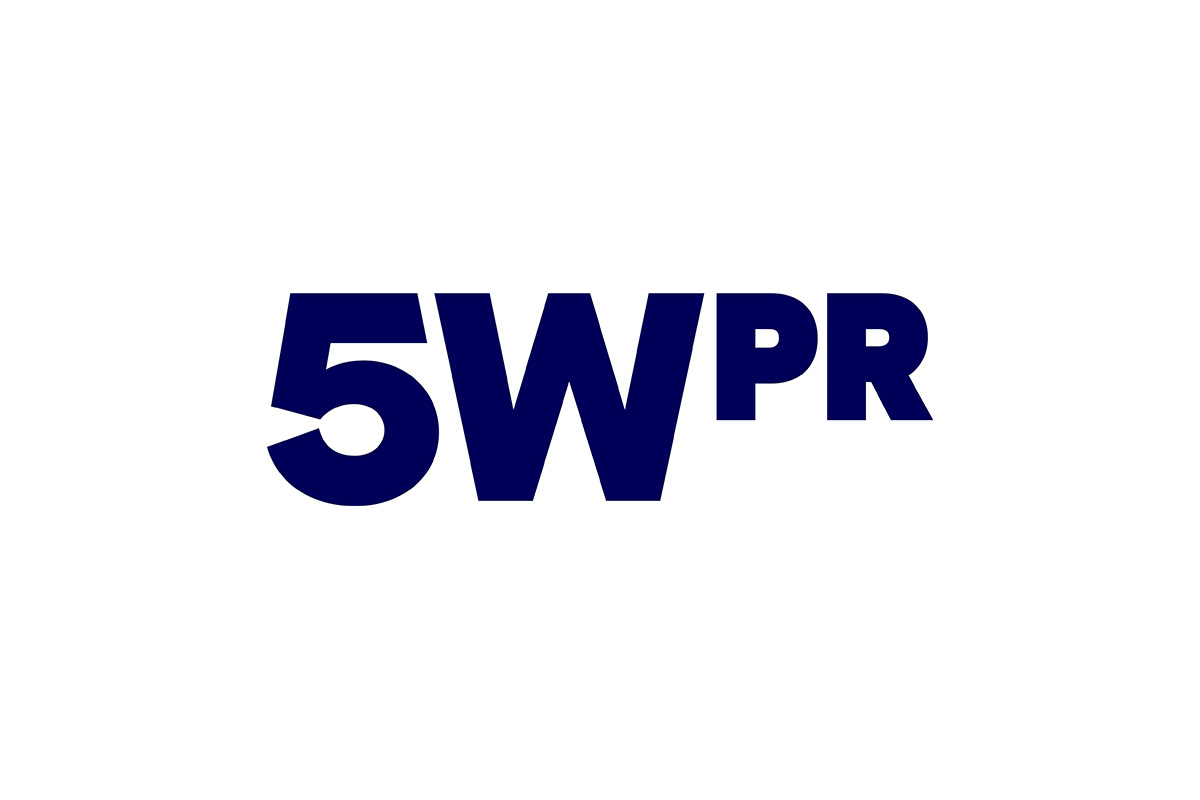
5W, one of the largest independently owned PR firms in the US, announced the expansion of its gambling PR and digital marketing services, helping iGaming operators, sports betting platforms, casinos, esports brands, and gaming studios prepare for the year ahead. The enhanced offering is designed to elevate brand visibility, build trust with players and partners, and drive measurable growth as the industry enters 2026.
5W provides integrated PR, digital marketing, and online reputation management solutions, including media relations, influencer partnerships, content creation, SEO, social campaigns, email marketing, event promotion, and crisis communications. For digital-first strategies, digital PR ensures brands reach the right audiences while strengthening credibility across search and social platforms.
“Our expanded gambling and gaming PR and digital marketing services are designed to help brands enter 2026 with momentum. By integrating PR, digital marketing, and reputation management, we help clients stand out, connect with audiences, and build trust that drives growth for the year ahead,” said Ronn Torossian, Founder & Chairman of 5W.
This expansion underscores 5W’s commitment to delivering results-driven communications and digital marketing solutions for high-growth and established brands in gambling, gaming, and esports.
The post 5WPR Expands Gambling and Gaming PR and Digital Marketing Services Ahead of 2026 appeared first on Americas iGaming & Sports Betting News.
fintech
PayDo Launches Unified Payment Infrastructure Suite for Digital Businesses

Reading Time: 2 minutes
PayDo, a leading global payment ecosystem founded by Serhii Zakharov – who at just 25 became one of the youngest CEOs approved by the FCA to run an Electronic Money Institution in the UK, announced a series of strategic infrastructure launches designed to dismantle the costly complexity of modern payment stacks.
The releases—Direct SEPA & SEPA Instant access, USD SWIFT Accounts, Dedicated C2B Open Banking Collections Accounts and Direct VISA and MasterCard Acquiring—are not standalone products, but integrated components of PayDo’s unified platform.
For the first time, online businesses can access this comprehensive suite under a single contract, one technical integration and with a dedicated account manager, eliminating the operational burden of managing multiple providers.
The launches directly address the primary pain points of payment fragmentation: high costs from intermediaries, slow settlement times, compliance overhead and loss of control. By securing direct memberships and building proprietary technology, PayDo now offers businesses enterprise-grade infrastructure with the agility of a FinTech.
The new services include:
• Direct SEPA & SEPA Instant: As a direct SEPA member, PayDo provides native European processing with no intermediary routing. This ensures faster, lower-cost euro transactions with immediate settlement capabilities via SEPA Instant.
• USD SWIFT Accounts: Online businesses can now receive dedicated USD account details via the SWIFT network, significantly reducing delays and fees associated with cross-border USD transactions, a critical need for a variety of cross-border operating online businesses.
• Dedicated C2B Open Banking Collections Accounts: A pioneering innovation, this service revolutionises how businesses receive payments. It enables instant, direct bank-to-business transfers from customers, offering an alternative to card networks with correct funds tracking and allocation, lower costs and real-time settlement. Functionality supports processing of +100,000 daily transactions.
• Launch of Direct Acquiring: PayDo is now a principal member acquirer for both Visa and Mastercard. This direct relationship removes a layer of intermediaries, reducing processing costs, improving authorisation rates and giving merchants greater control and transparency over their card payment flows.
These services are delivered within PayDo’s unified ecosystem, which also includes its signatory innovation – non-redirect E-Wallet checkout. This earlier innovation provided merchants with full friendly-fraud protection without any rolling reserve requirements. The new ecosystem approach allows companies in sectors like e-commerce, IT services, marketplaces, gaming and other Fintechs to streamline their entire financial operations, turning payment management from a resource drain into a competitive advantage.
Serhii Zakharov, CEO and Founder of PayDo, said: “For years, businesses have been forced to stitch together a patchwork of payment providers, each adding cost, complexity, and delay. We believe the future is not in more fragmentation, but in intelligent unification. These launches are not just new features; they are the foundational pillars of a coherent ecosystem. We are giving our clients direct control over the core rails of finance—from SEPA and SWIFT to card acquiring and Open Banking—all through one partnership. This is how we eliminate the hidden tax of fragmentation and empower businesses to scale globally with clarity and efficiency.”
PayDo’s ecosystem now processes over €5B annually for over 1000 businesses, leveraging its full regulatory compliance in the UK, Canada and the EU. The company’s direct infrastructure model is proving that the next wave of Fintech growth will be driven by consolidation and seamless integration, not further division.
The post PayDo Launches Unified Payment Infrastructure Suite for Digital Businesses appeared first on European Gaming Industry News.
Free Bet
Meridianbet Reports Renewed Engagement in Custom Prediction Markets in H2 2025

Reading Time: 2 minutes
While prediction markets have recently attracted increased public attention across politics, finance and culture, Meridianbet, part of the Golden Matrix Group has supported user-generated real-world prediction markets for more than a decade through its proprietary product branded as Free Bet.
For the second half of 2025, customer participation on the Free Bet platform has recorded an 11.5% increase in ticket volumes, reflecting renewed engagement across prediction markets tied to major elections, entertainment outcomes, weather forecasting and novelty-event propositions. Free Bet continues to represent a relatively small and non-material portion of Meridianbet’s overall wagering activity.
Free Bet allows customers to propose wagers on measurable real-world outcomes across sports, politics, entertainment awards, weather forecasting, financial milestones and social statistics. Once a proposed market passes regulatory, settlement and risk review, Meridianbet acts as the professional market maker, prices the odds and takes the lay side of each wager within the Company’s licensed sportsbook framework. This single-market-maker structure enables the delivery of prediction-market-style wagering to mass-market users while ensuring regulatory compliance, operational stability and standardised settlement.
In practical terms, customers initiate Free Bet markets by submitting their own proposed prediction events through Meridianbet’s platforms or retail network. Each submission is reviewed to ensure that the proposed event is lawful, ethically appropriate, clearly measurable and capable of unambiguous settlement under applicable regulatory standards. Only after passing these checks is the event accepted and priced by Meridianbet’s trading operators, who establish odds and offer the market to the customer for wagering.
Top Prediction Markets on Meridianbet
Over the past five years, Meridianbet customers have created and wagered on thousands of custom prediction markets reflecting major real-world outcomes across political cycles, cultural awards, financial milestones, weather forecasting and social trends.
Based on internal ticket volume and platform engagement data, the following five prediction markets have ranked among the most actively played on Meridianbet during this period:
U.S. Presidential Election
Binary outcome markets and related propositions tied to the U.S. presidential election results.
Global Entertainment Awards
Custom markets associated with major award outcomes including Oscars Best Picture and BBC Sports Personality of the Year.
Weather Prediction Markets
Seasonal and location-specific forecasts, including snowfall occurrence and temperature benchmark outcomes during late winter and early spring periods.
Social Outcome Markets
Demographic and statistical propositions connected to public milestones, including birth-gender distributions during peak holiday periods and other large-scale social outcome measurements.
Regulatory & Availability Notice
The Free Bet product and related prediction market offerings are provided strictly in accordance with applicable national and local regulatory requirements and are available only in jurisdictions where such wagering formats are duly authorised by law.
Availability, market scope and wagering features may vary by location and regulatory regime. Certain jurisdictions may restrict or prohibit participation in custom prediction-based wagering products.
The post Meridianbet Reports Renewed Engagement in Custom Prediction Markets in H2 2025 appeared first on European Gaming Industry News.
-

 Five Elements Slot1 day ago
Five Elements Slot1 day agoPG Soft Concludes 2025 with High-Volatility Launch: Mythical Guardians
-

 Button Blind1 day ago
Button Blind1 day agoStretch Network Boosts Player Engagement with Year-End Platform Enhancements
-

 Latest News1 day ago
Latest News1 day ago‘Chaos and Soul’: Ebaka Games Plots Global Expansion After Viral Launch
-

 Hold and1 day ago
Hold and1 day agoPragmatic Play Rings in 2026 with Joker’s Jewels Hold & Spin™
-

 Bespoke Gaming Studio21 hours ago
Bespoke Gaming Studio21 hours agoCreedRoomz and Casumo Forge Strategic Partnership to Elevate Live Casino Experience
-

 B2B gaming software1 day ago
B2B gaming software1 day agoGamblers Connect and BetOxygen Announce Strategic B2B Partnership
-

 Latest News1 day ago
Latest News1 day agoFrom ‘Mummyverse’ to Crash Games: Belatra Reviews a Landmark 2025
-

 iGaming News 20261 day ago
iGaming News 20261 day agoSpinomenal Rings in 2026 with Japanese-Inspired “Kami Reign Ultra Mode”



